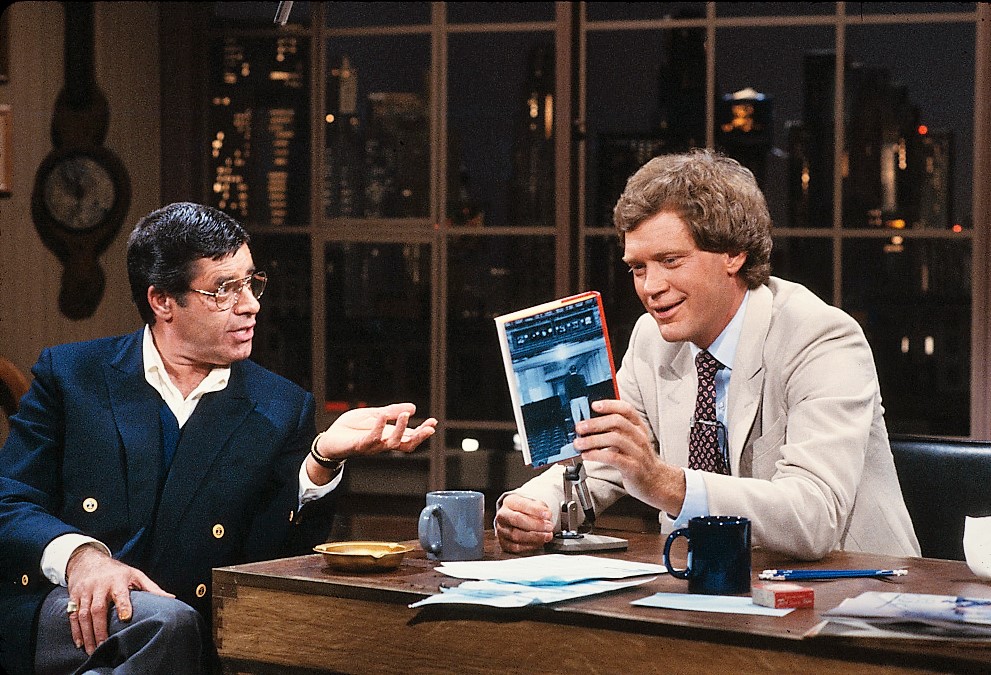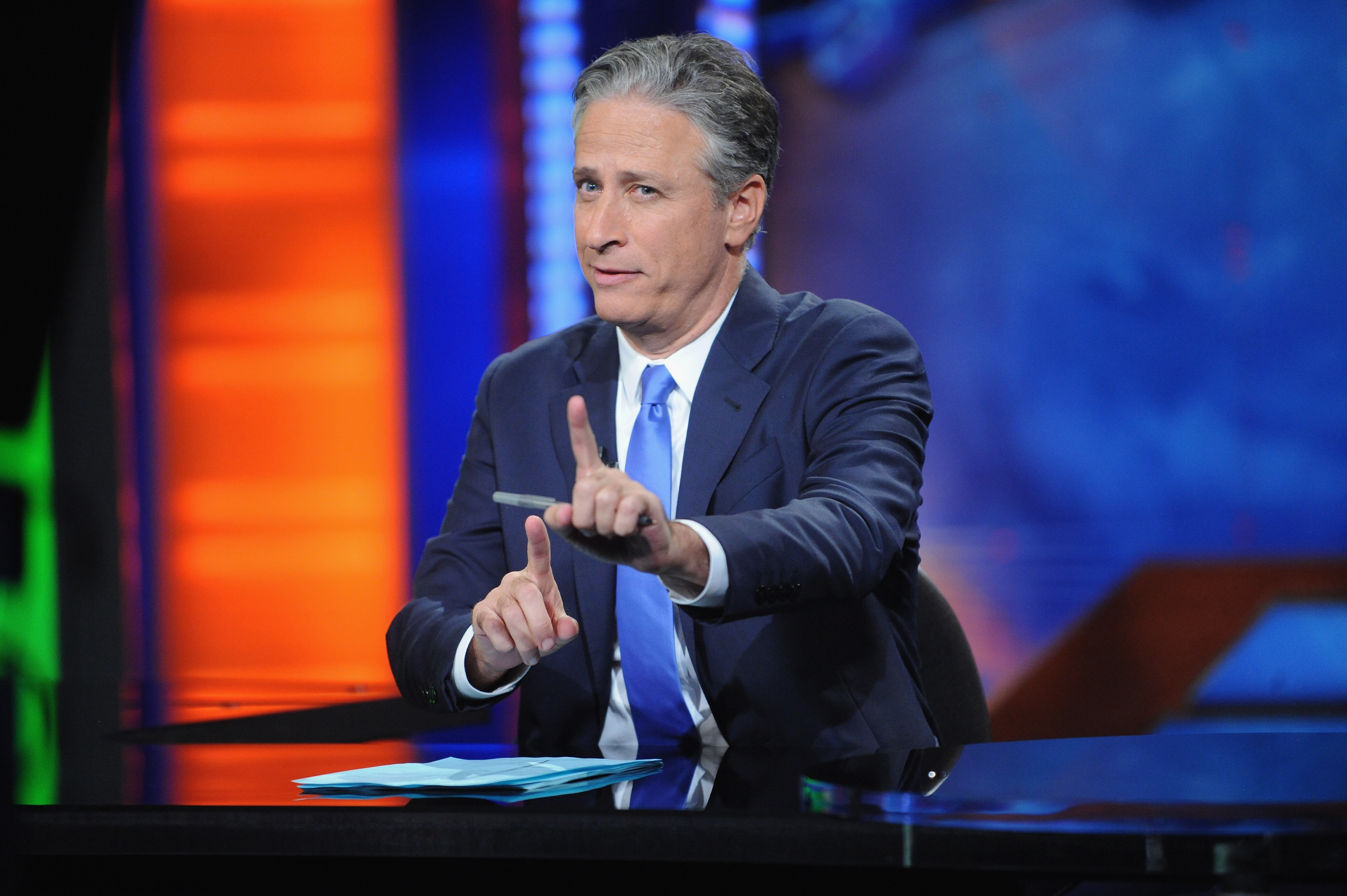The Million Moderate March? The Washington Post Examines Jon Stewart’s Impact

At the Washington Post yesterday, staff writer Paul Fahri described several of the emerging areas of research on The Daily Show and similar forms of political parody. The feature emphasizes key conclusions described in a past series of Q&A posts at AoE with Lauren Feldman, my colleague in the School of Communication at American University. Below are some highlights from Fahri’s front page Style section article with quotes from Feldman.
The live audience for the 11pm broadcast of The Daily Show has averaged about 1.8 million viewers through October, but this doesn’t count the audience for repeats of the program on Comedy Central which brings viewership to 3.5 million, an audience size that is equivalent to Nightline, David Letterman, or Jay Leno. It’s also a bigger audience than any cable news program but The O’Reilly Factor. Stewart’s audience is also magnified by the number of segments from the show that are viewed online, reposted at blogs, and forwarded via email and social media.
As Feldman discussed in past interviews with AoE, the substantive content of The Daily Show not only informs viewers about politics but also about other news topics such as science and environment. Here’s what Feldman told Farhi at the Post:
Whether watching “The Daily Show” makes you smarter has been an emerging question among academics, who seem as much in love with “The Daily Show” as journalists. But Lauren Feldman, an assistant professor at American University, suggests in a forthcoming collection of academic research about Stewart and Colbert that Stewart’s program has raised viewer awareness of science and environmental issues.
“In most cases, people are already bringing some knowledge to the show,” Feldman says, echoing comments Stewart has made. “You need some background knowledge to [get the satire]. I would say that the people who are watching are broadly interested in politics but are not necessarily well-versed in its nuances.”
Farhi also explores the new model of accountability journalism that The Daily Show has pioneered:
The notion that the media emphasize conflict rather than offering illumination or accountability is at the heart of “The Daily Show’s” daily take. Baym says the program has offered “an important new model of journalism,” that abandons traditional ideas about “objectivity” or “neutrality” and instead challenges the underlying veracity of official claims and statements. A staple of the show is a clip of a politician or official saying one thing, followed by the same official saying something contradictory a few weeks or months earlier, followed by Stewart with a look of mock-horror or surprise.
“He’s really creating a discussion around those clips,” Feldman says. “He’s promoting discourse and activism. I think he’s teaching people a form of media literacy and making them more discerning and skeptical. He’s not replacing what journalists do — gathering the facts — but he is challenging the media to think more broadly about what they’re doing and how they’re doing it.”
Nevertheless, there are many, including Feldman, who don’t view Stewart and his program as above politics or partisanship. “The Daily Show’s” popularity soared as a direct result of its relentless satirical broadsides against the Bush administration. While it certainly hasn’t ignored Obama’s foibles and missteps, the critique seems less frequent and more subdued. One telling statistic: During Bush’s two terms, only one Cabinet member, Secretary of Education Margaret Spellings, appeared on the show. During President Obama’s first two years, six Cabinet secretaries have been guests, plus the head of the EPA, and first lady Michelle Obama.
At the same time, much of Stewart’s media criticism has focused on Fox News, the most overtly conservative of the three cable news networks.
“I won’t deny his partisanship,” Feldman says. “It’s quite obvious to many viewers. He doesn’t point out the absurdity of the left as much as the right, but he will do it. But I do think he is nonpartisan in his desire to create more civil dialogue.”
Baym agrees that the program and its host are “center-left” but “it’s a mistake to try to put it on a straight left-right continuum. I don’t think Stewart wants to be typecast as another liberal player. That undermines him. . . . He’s a progressive but his bias is toward reasonableness.”
See Also:
Is America a Joke? Researcher Examines The DailyShow‘s Impact on Political Culture
Distraction or Engagement? Researcher On What Viewers Learn from The DailyShow
The DailyShow: The Best Place for Engaging Wider Audiences on Science?




